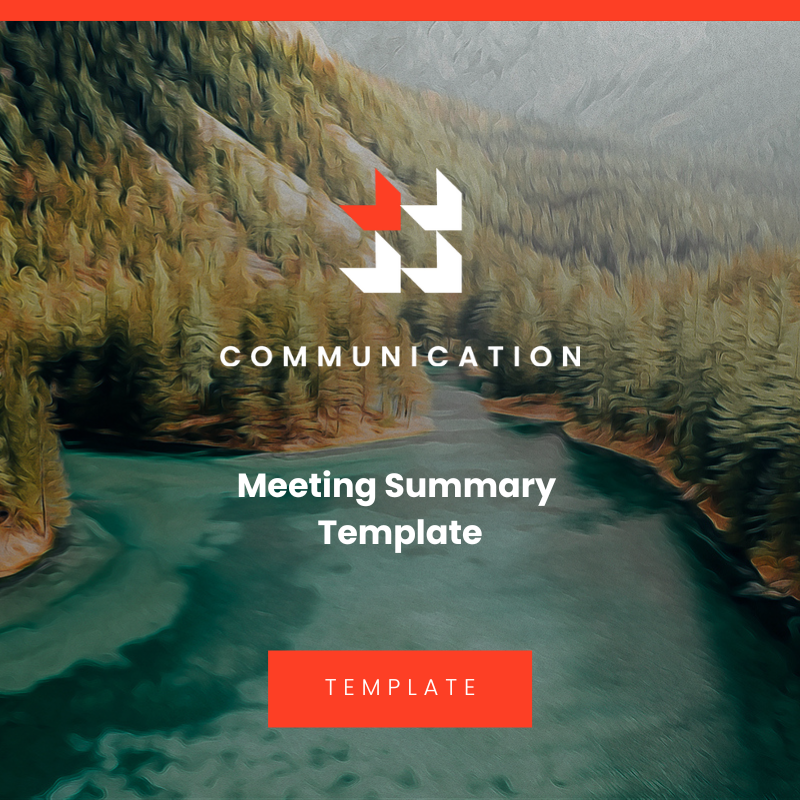The 5-steps conflict resolution framework
Navigating personal conflicts and difficult conversations is crucial for maintaining a healthy work environment, especially in remote teams. This 5-step conflict resolution framework provides a systematic approach to identifying, assessing, and resolving issues, ensuring that team members can continue to collaborate effectively and grow together.
The framework for remote teams with five steps:
Step 1 - Name the problem: Clearly identify and articulate the issue at hand. Make sure to focus on the problem, not the people involved. This helps create a common understanding of the conflict among team members.
Step 2 - Assess the problem via scoring: Use a scoring method to evaluate the severity and impact of the conflict. This step will help you determine the urgency of resolving the issue and prioritize it accordingly.
Rate each of the following statements on a scale of 1 to 5, with 1 being "not at all" and 5 being "extremely."
To what extent is the conflict preventing you or your team from doing great work (vs being minimally disruptive)?
How much emotional energy is the conflict draining from you or your team members?
Is the conflict adding a significant amount of extra work for you or your team?
Is the conflict consistent and patterned (vs a one-time occurrence)?
Is the behavior involved in the conflict disrespectful or hurtful (vs a little annoying)?
Is the conflict yours to solve (vs someone else's responsibility)?
Will addressing the conflict help both parties grow and learn?
Will not addressing the conflict hurt your relationship with the other person or the team's overall dynamics?
After rating each statement, tally the scores to determine the severity of the conflict. The higher the total score, the more crucial it is to address and resolve the conflict as soon as possible.
Step 3 - Pick the resolution format and invite participants to resolve: Based on the assessment, choose an appropriate resolution format, such as a one-on-one meeting, a group discussion, or a mediated conversation. Then, invite the relevant participants to take part in the resolution process.
Step 4 - Direct the resolution with a 4-step solution process:
Situation: Describe the situation or context in which the conflict arose.
Behavior: Outline the specific behaviors that contributed to the conflict.
Impact: Explain the impact of these behaviors on the individuals involved and the team as a whole.
Change for the better: Discuss potential changes or solutions that can help improve the situation and prevent similar conflicts in the future.
Step 5 - Add next steps: After reaching a resolution, establish clear next steps for all parties involved. These may include implementing specific changes, setting deadlines for progress, or scheduling follow-up meetings to review the situation. Make sure to track the progress and evaluate the effectiveness of the implemented solutions to ensure long-term conflict resolution and promote a healthier work environment.
By following this 5-step conflict resolution framework, remote teams can effectively address personal conflicts and challenging conversations. This structured approach helps to maintain open communication, foster understanding, and create a collaborative atmosphere that is conducive to productivity and growth.















